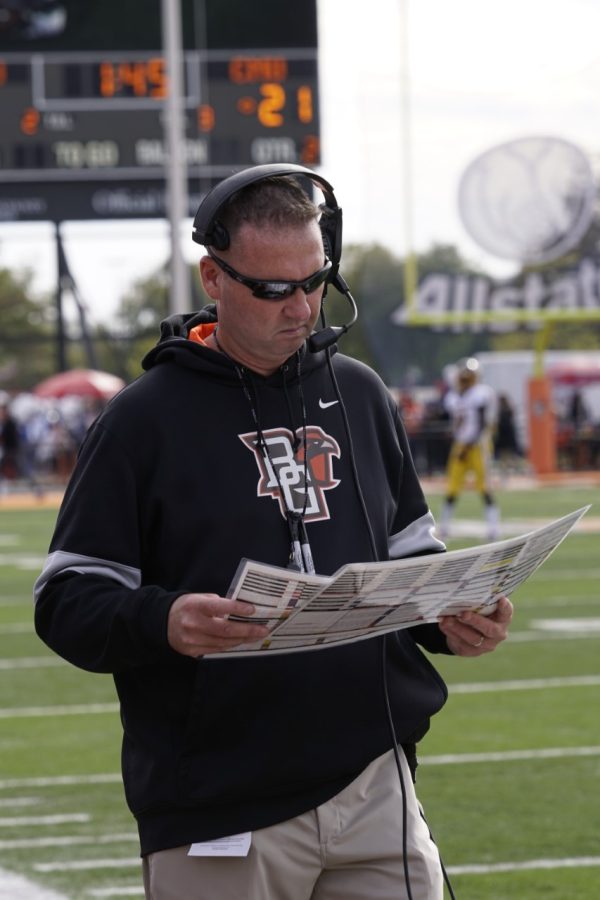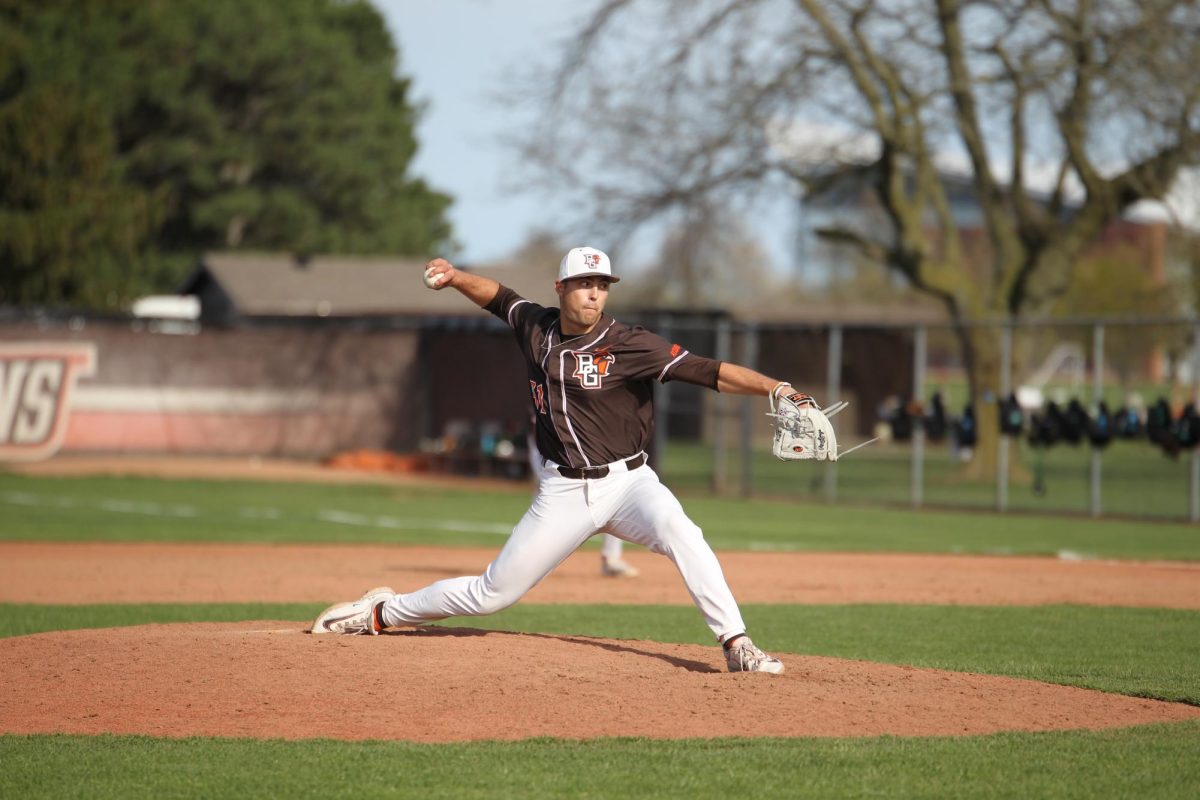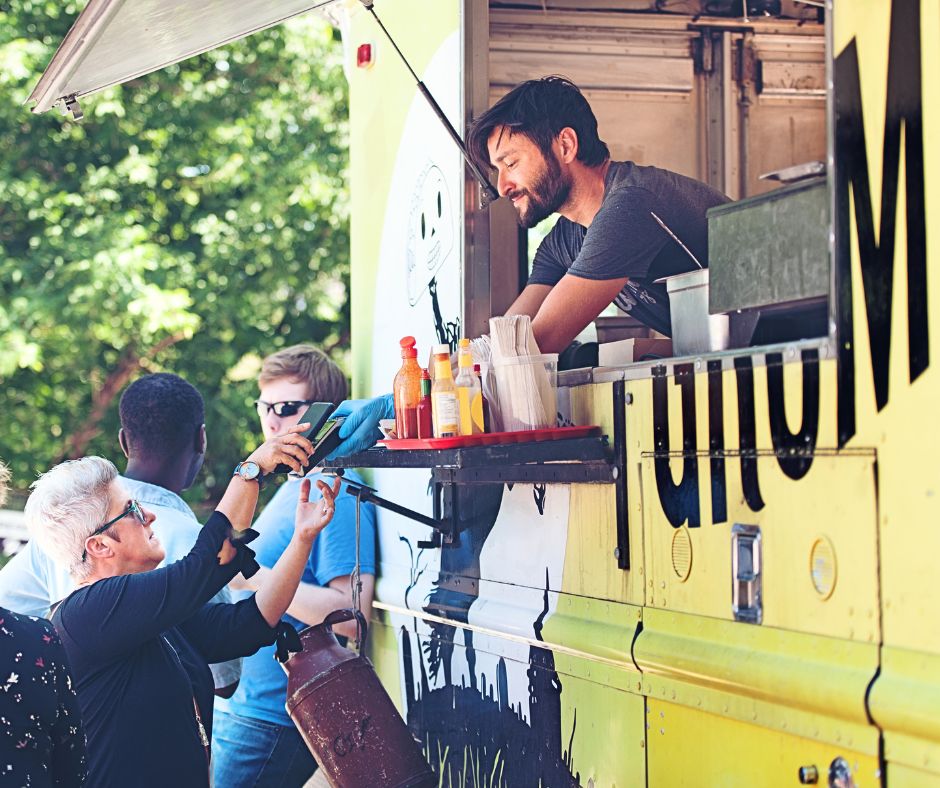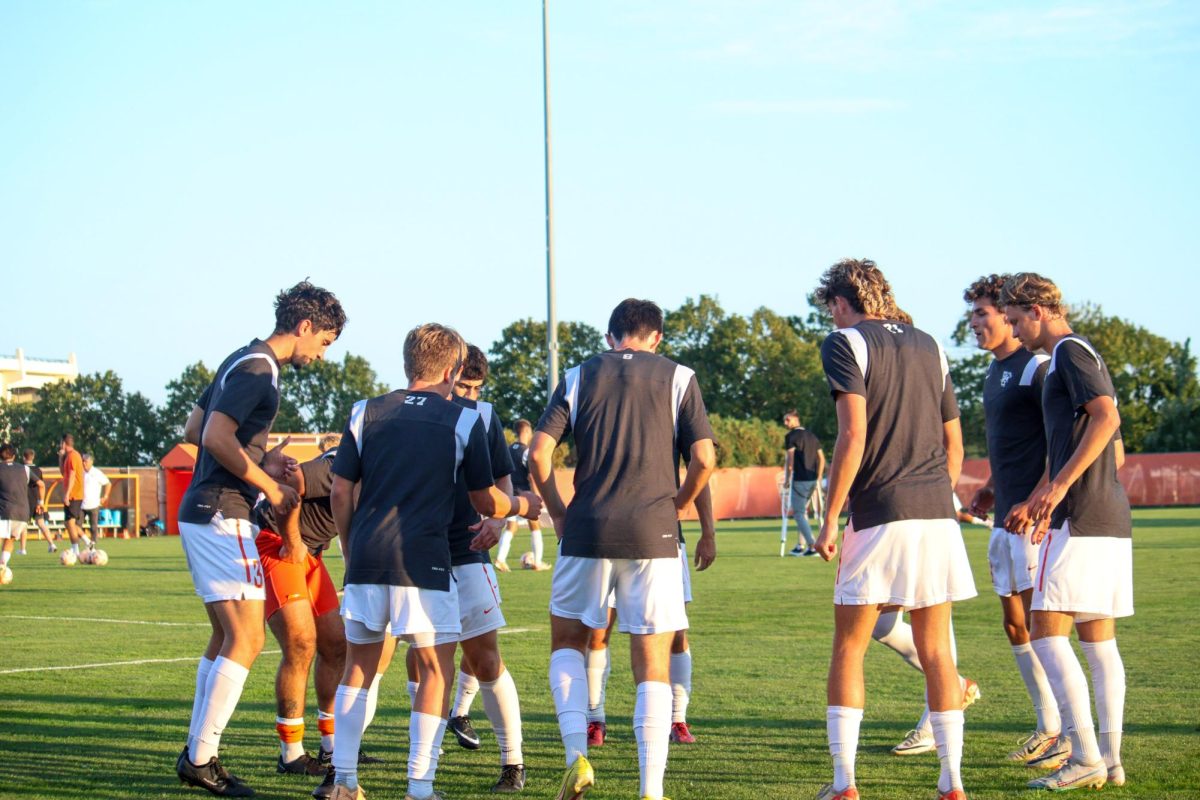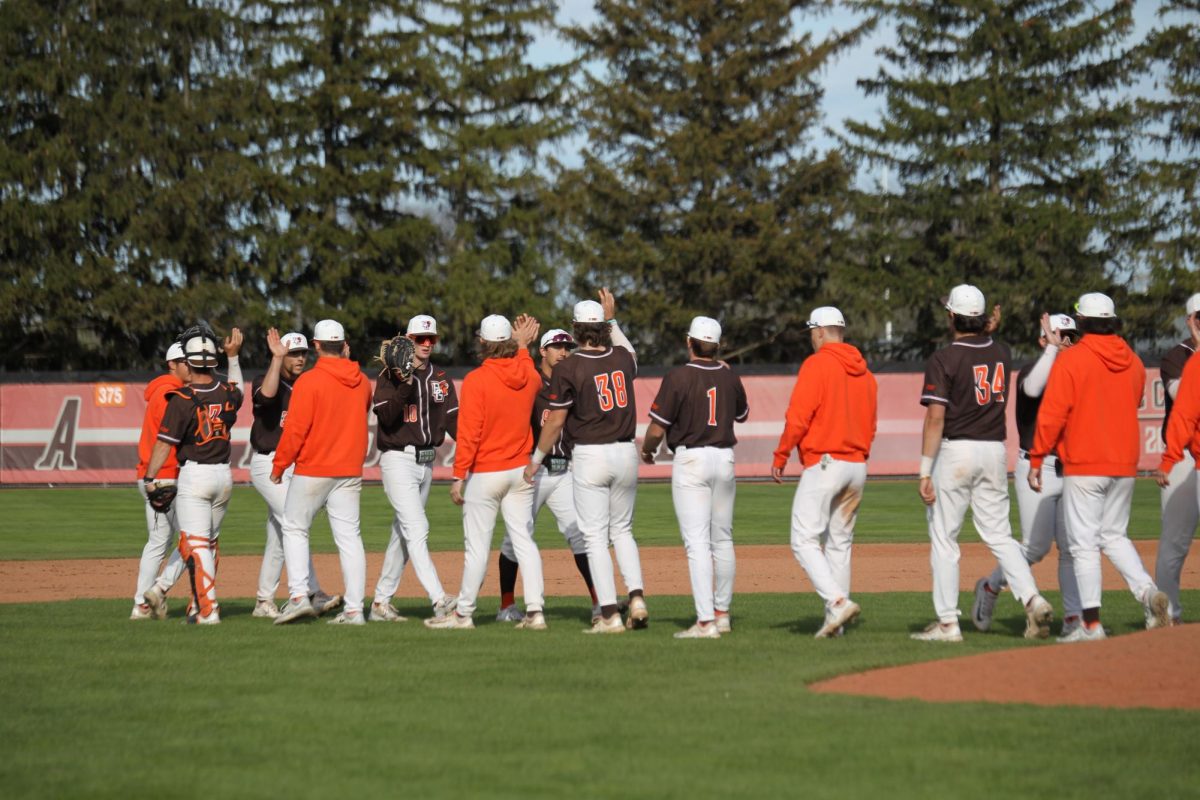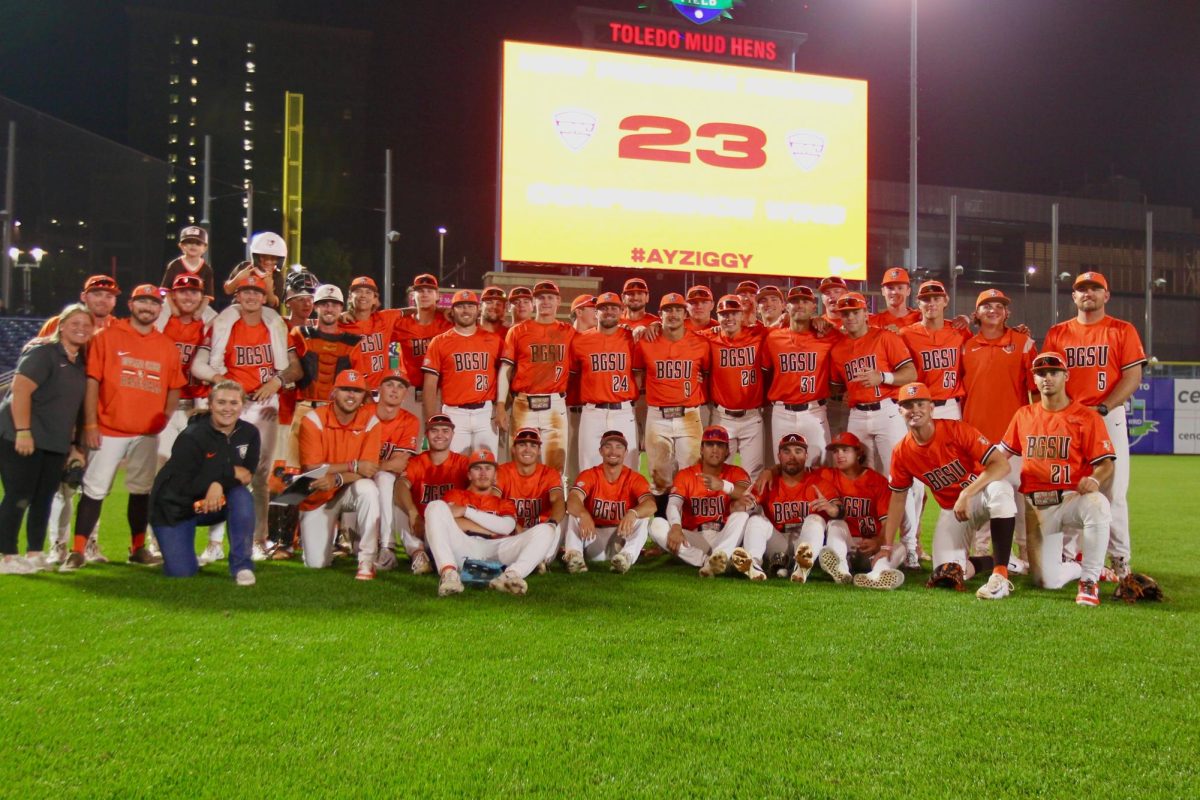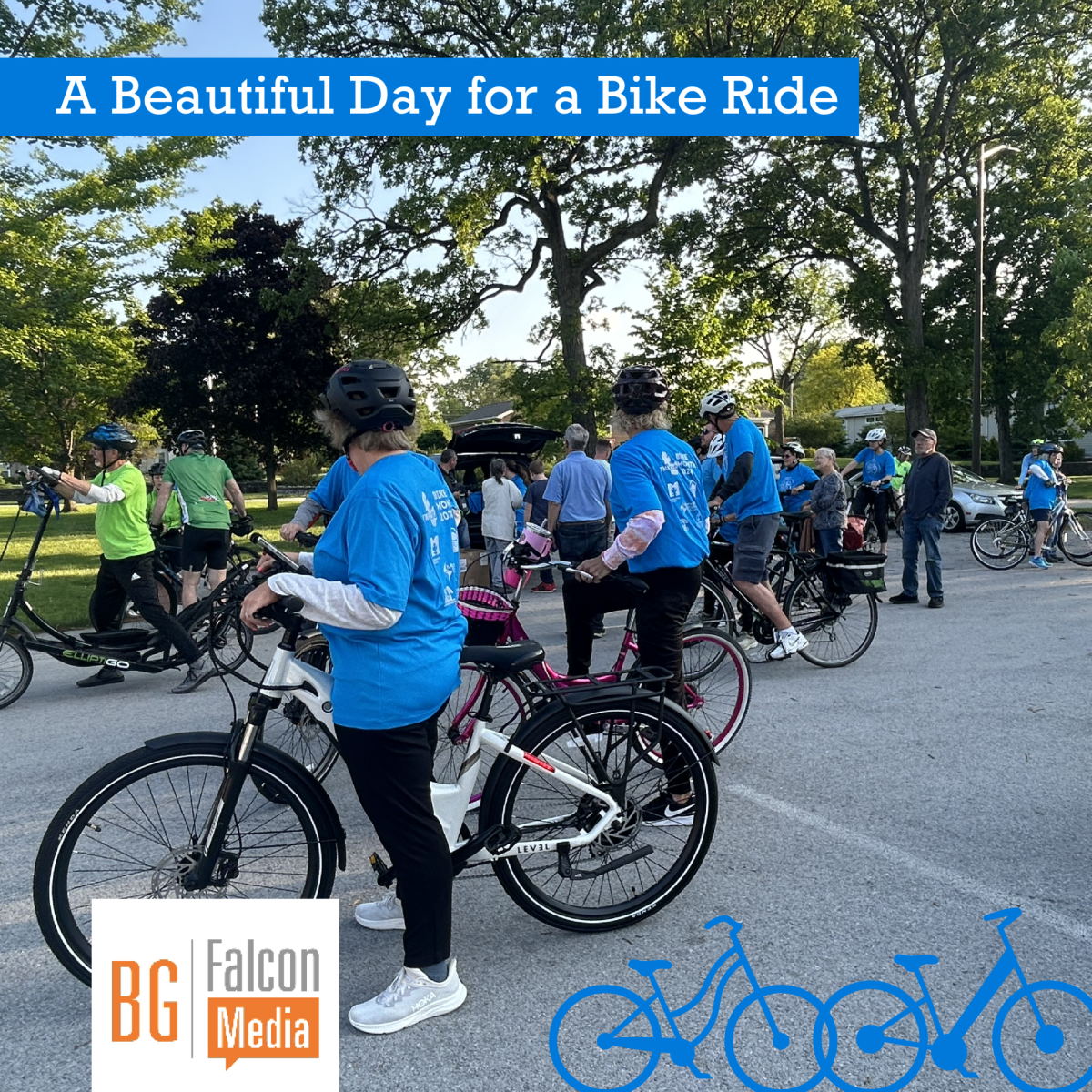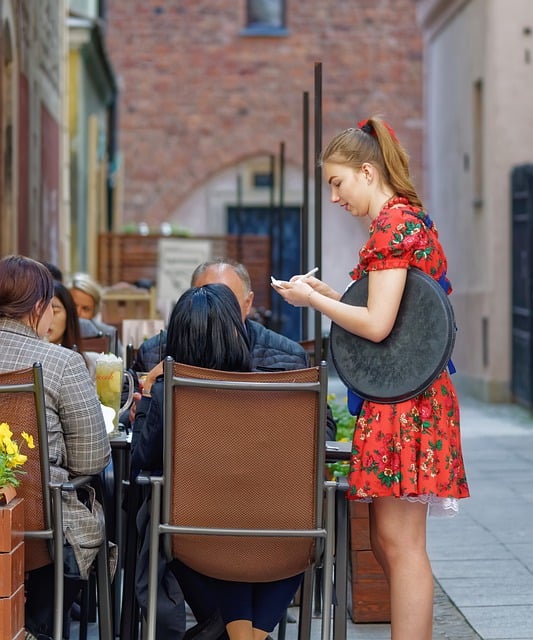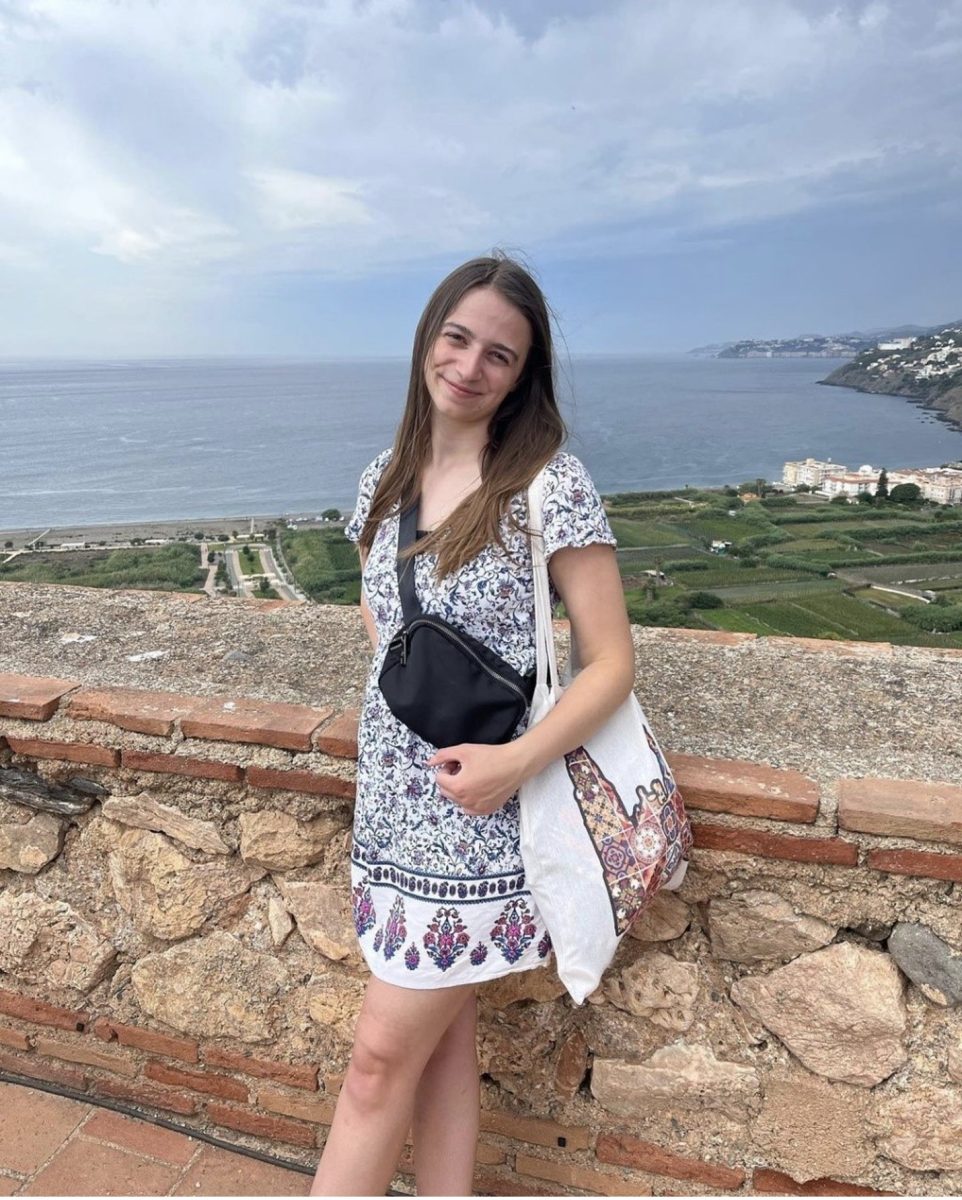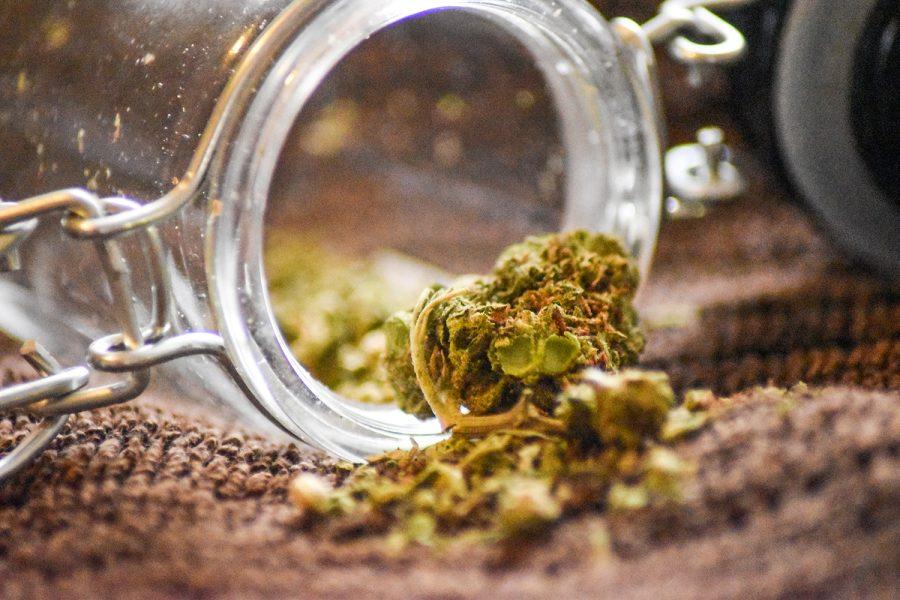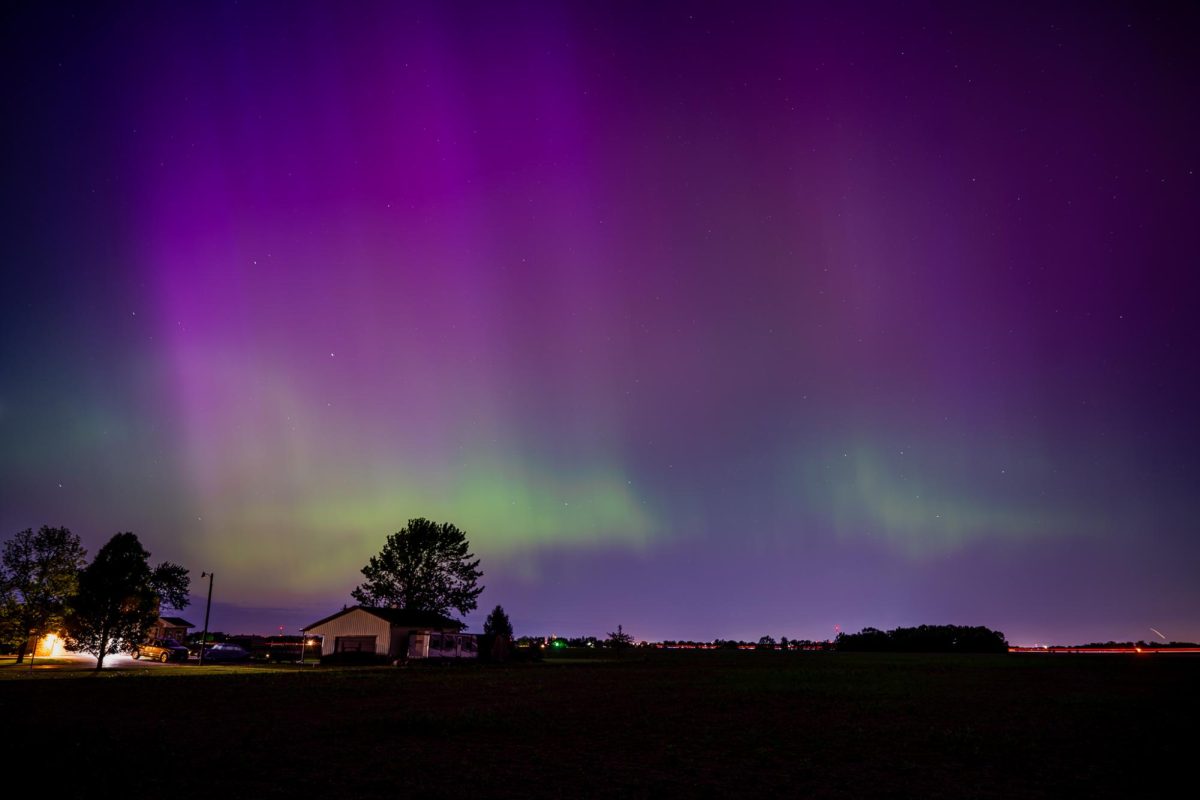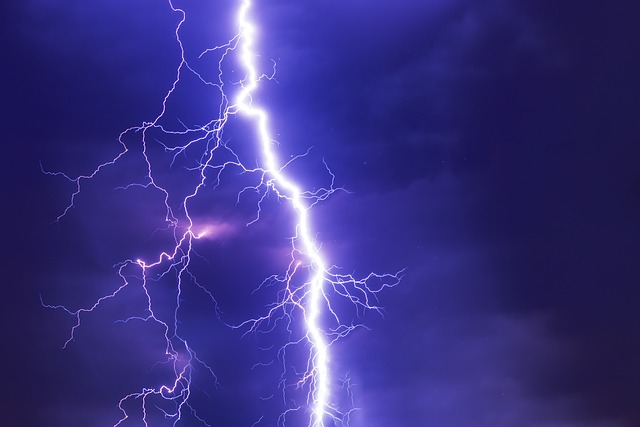The Toledo Museum of Art is hosting Jordy R. Poma’s Las Curiosas exhibit in the Robert C. and Susan Savage Community Gallery until Jan. 28, according to the Toledo Museum of Art.
The exhibit is made up of many different sculptures that are not only free for public viewing, but are also available for purchase.
The sculptures in the exhibit are inspired by Curiosas, also known as Curanderas, who are female healers and midwives in Mishquiyacu, Peru. These women have a rich history of customs and traditions and provide not only medical services, but types of spiritual and ritualistic healing as well.
Poma describes the importance of these women and their stories in his artist statement on the Toledo Museum of Art’s website.
“I encapsulate their stories, their resilience, and the profound wisdom they carry in these writings and sculptures,” said Poma.
In their practices, the Curiosas use powers from plants, the moon, the elements and the energy that surrounds a person to help heal people, according to Poma’s description featured at the exhibit. While the practice of healing is passed down through generations, there are few healers left in the Mishquiyacu Valley who continue the tradition.
Through his sculptures, Poma has been able to share the stories of some of the Curiosas, not only through his art but through each of the plaques next to each piece that explains who these women are.
Poma’s sculpture, “Victoria”, is based on a real Curiosas of that name, with her sculpture featuring distinctive long-flowing hair. Victoria grew up in Northwestern Peru which was occupied by terrorist groups. Victoria left in her teens to escape the terrorists, and when she came back later, she learned about the use of plants in healing practices and began using them not only for herself when she was ill, but to treat her neighbors and anyone in need as well.
The “Adelaida” sculpture is named after another Curiosas. Adelaida learned about plants used in healing from her grandmother, who helped deliver her as a baby. As an adult, Adelaida moved to Mishquiyacu, where she was able to build on the knowledge her grandmother gave her of healing and become a leader of the community there.
Telecila is another Curiosas with a sculpture modeled after her, which is depicted with two owls. Telecila has lived in Mishquiyacu her whole life, and she began learning the trade after a near-death experience. Now married, Telecila uses her knowledge and the plants she has gathered from other regions over the years to help the community around her and pass on her knowledge to others.
The Curiosas sculpture “Aurolinda” features her with several different birds, which she loved to watch during her lifetime. Aurolinda had one of the largest families in Mishquiyacu and gave birth to 14 children. During her lifetime, Aurolinda was concerned with the progress of the community in terms of roads being built. She was worried that the destruction of forestry in order to build would make it harder to access the plants she and other Curiosas needed for their healing remedies.
Next to Aurolinda’s sculpture resides La Tocaya’s sculpture, which depicts her with several butterflies. La Tocaya began her healing journey at a young age and began to merge the practice of Curiosas healing with that of modern medicine. When a religious organization arrived in Mishquiyacu, La Tocaya received a certification in pill usage and medical training and found ways to merge her two forms of medical practice to best serve the community around her.
While the sculptures featured in the Las Curiosas exhibit are primarily based on the Curiosas healers, other sculptures in the exhibit are not based on people.
One such non-human sculpture is the “Roots” sculpture. “Roots” appears to be modeled after a form of mushroom and the description of the piece explains how roots help a person to appreciate certain values and traditions and shape a person’s moral compass. Poma explains that embracing his culture and understanding where he comes from helps him to remember that his ancestors are always with him.
Another mushroom-looking sculpture is the “Trumpets” sculpture. Poma describes that while interviewing women for his project, he discovered that some Curiosas are also foragers and search the jungle to look for the plants used in their healing, particularly mushrooms. Poma explains that this knowledge inspired him to do his own mushroom foraging here in the United States.
To add detail to the Las Curiosas exhibit, Poma created a host of stoneware frogs and ants to decorate around the sculptures in the exhibit. Many of these pieces are scattered throughout the exhibit and can be purchased separately from the other sculptures.
The exhibit has received positive attention from both viewers and employees since it first opened at the Toledo Museum of Art Sept. 27.
Museum employee Mike Aumiller said he enjoyed the exhibit.
“I like the use of the trees… the stumps and everything… I think it’s very imaginative and very creative,” said Aumiller.
John, a visitor from California, agreed with Aumiller’s assessment.
“The thing that I like about sculpting is that it’s so unique to some of the other art forms… so, I was really excited to come and visit today,” said John.
Another local visitor, Vanee, also liked the exhibit and was surprised to discover the art pieces are for sale.
“It’s extraordinary,” said Vanee.
Anyone interested in visiting the exhibit can attend for free and will receive a map upon entering to locate the Community Gallery. More information on purchasing the pieces can be found by scanning the QR code next to each art piece.





